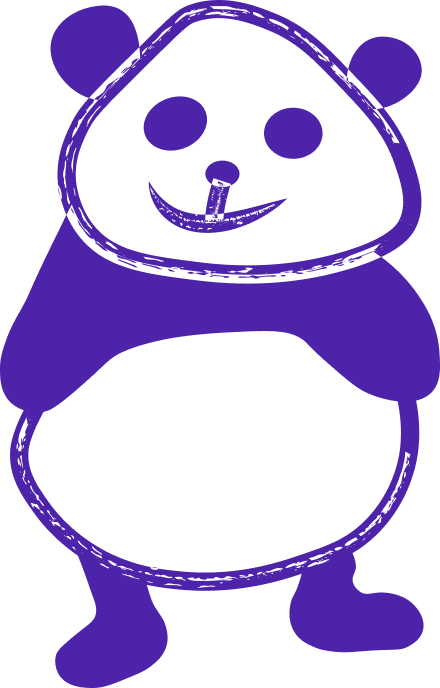
complexity classes
What is Complexity Classes
In computer science, a problem is typically defined as a task that requires a computer program to produce a desired output given a specific input. However, not all problems are created equal in terms of their complexity. Some problems can be solved quickly and efficiently, while others require significantly more time and resources.
Complexity classes help us understand the inherent difficulty of solving a problem by measuring the amount of computational resources, such as time and space, required to solve it. The most commonly used resource measures are time complexity and space complexity.
Time complexity measures the amount of time required by an algorithm to solve a problem as a function of the size of the input. It provides an estimation of the number of basic operations, or steps, an algorithm needs to perform to solve a problem. The most widely used notation for time complexity is the big O notation, which provides an upper bound on the growth rate of the algorithm's running time.
Space complexity, on the other hand, measures the amount of memory or storage space required by an algorithm to solve a problem as a function of the size of the input. It estimates the maximum amount of memory an algorithm needs to store intermediate results and variables during its execution.
Complexity classes are typically represented by sets of problems that can be solved within a certain resource bound. The most well-known complexity classes are P, NP, and NP-complete.
The class P, or polynomial time, consists of problems that can be solved in polynomial time, meaning the running time of the algorithm is bounded by a polynomial function of the input size. These problems are considered efficiently solvable, as the running time grows at a manageable rate as the input size increases.
The class NP, or nondeterministic polynomial time, consists of problems for which a potential solution can be verified in polynomial time. In other words, if a solution is proposed, it can be checked in polynomial time to determine if it is correct. However, finding an actual solution to an NP problem is generally considered difficult and may require exponential time.
NP-complete problems are a subset of NP problems that are believed to be the most difficult problems in NP. They are characterized by the property that any problem in NP can be reduced to an NP-complete problem in polynomial time. If an efficient algorithm is found for solving an NP-complete problem, it would imply that P = NP, which is a major unsolved problem in computer science.
In addition to P, NP, and NP-complete, there are many other complexity classes that capture different levels of computational complexity, such as PSPACE, EXP, and co-NP. These classes help classify problems based on their complexity and provide insights into the inherent limitations of computational resources.
Understanding complexity classes is crucial for computer scientists and researchers as it allows them to analyze the efficiency and feasibility of algorithms for solving specific problems. By classifying problems into complexity classes, researchers can identify the inherent difficulty of a problem and devise strategies to optimize algorithms or develop approximation algorithms when exact solutions are not feasible.
In conclusion, complexity classes provide a systematic way to categorize and analyze the computational complexity of problems. They help us understand the inherent difficulty of solving problems and enable researchers to develop efficient algorithms and devise strategies for tackling complex computational challenges. By studying complexity classes, computer scientists can push the boundaries of what is computationally possible and drive advancements in various domains, such as optimization, cryptography, and artificial intelligence.
Let’s build your next digital product — faster, safer, smarter.
Book a free consultationWork with a team trusted by top-tier companies.








